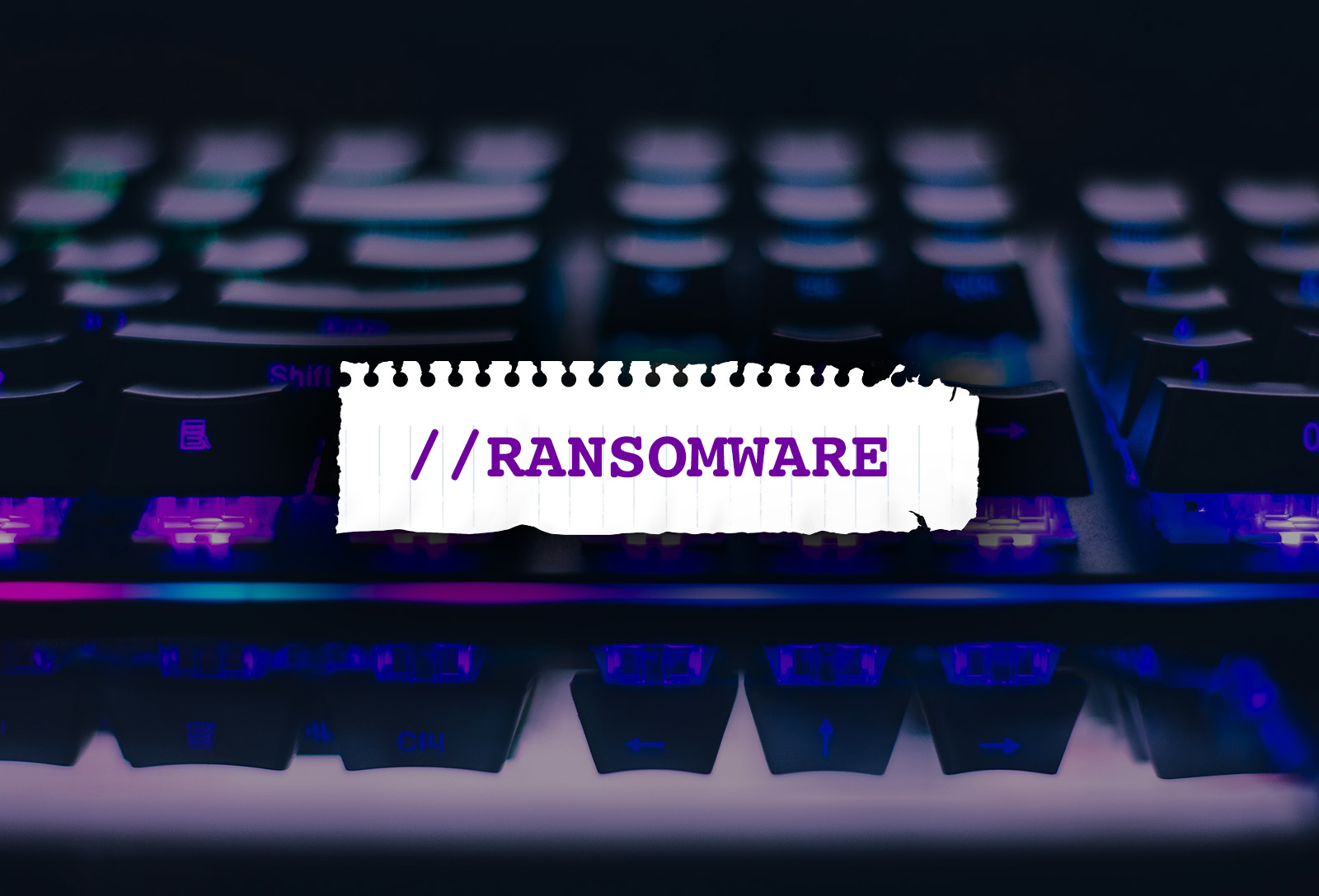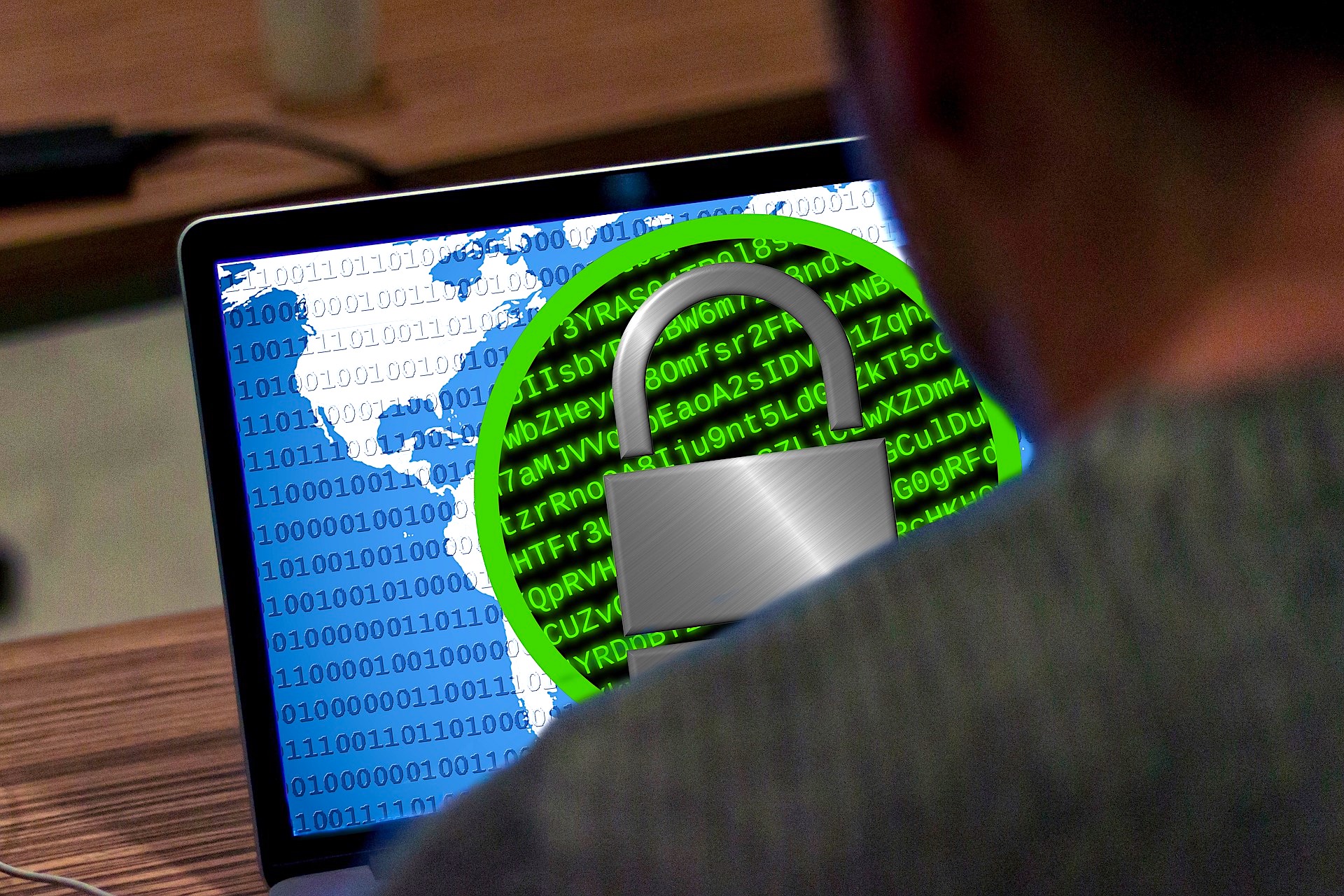Comelec setting up defenses vs possible cyber attacks in 2025 polls

MANILA, Philippines — Commission on Elections (Comelec) chairman George Erwin Garcia on Wednesday assured the public that the 2025 midterm elections will be protected and safe from cyber attacks.
This development comes following National Security Council Assistant Director General Jonathan Malaya’s warning of possible foreign interference in next year’s elections.
“That is what we are doing. The reason why the preparation is early. Procurement is timely. This ensures that the system is tested and all security measures are put in place,” Garcia said in a message to reporters.
“The features and the wish lists that we included in the hardware, software and transmission ensure the protection against any cyber attack,” he added.
Comelec has awarded a joint venture led by South Korean firm Miru Systems Co. Ltd. the P17.99 billion contract to lease an automated election system for use in the 2025 midterm elections.
Despite lawmakers and experts pointing out Miru System’s allegedly questionable performance in previous elections it handled, Comelec has remained firm in its decision to tap the firm for the provision of some 110,000 automated counting machines, election management systems, and other peripherals for use in next year’s elections.
“Of course, the readiness of our IT [Information Technology] personnel matters much, coupled with our learnings from the past. Most important of all is the support of all stakeholders in the electoral process and the critical collaboration with the electorate,” Garcia said.
“Vigilance is therefore crucial,” he stressed.
Malaya issued the warning after American and British authorities accused Chinese hackers of launching a state-backed campaign against officials and other stakeholders in the United States.
In previous months, the Philippines also experienced its share of hacking attempts, supposedly from hackers operating in China.




